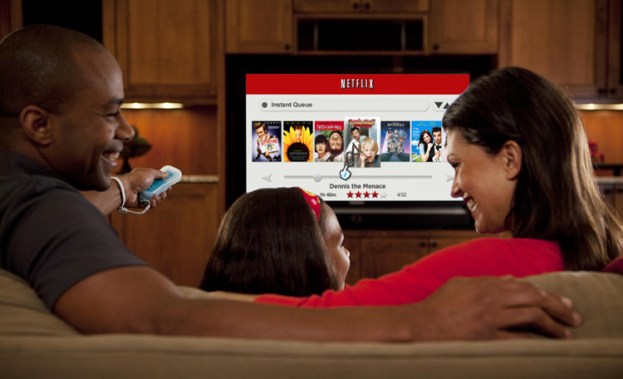
Netflix has long had a policy on limiting the number of films streaming at any given time, but never took the steps to enforce it. Likely started with the price increase on September 1, the company took steps to squash the volume of video streamed through the service and customers can only watch a single piece of content on one device at a time (according to StoptheCap). For instance, if a user starts and watches Good Will Hunting on an iPhone while working out at the gym, a friend or family member trying to use Netflix to watch a movie at home on a device like the PlayStation 3 or Roku 2 XS would get an error message about the limitations of the account. This move also puts pressure on consumers that share accounts across different households.

This restriction is surely to come under fire by the remaining subscribers to the streaming service after the September 1 price increase of 60 percent. The future of Netflix’s content library is also uncertain after Starz pulled out of negotiations for renewing the service and plans to pull all content by February 28, 2012.
Update: Netflix has issued a statement on September 7 from VP of Corporate Communications Steve Swasey that claims that “No Netflix member is limited to less than two concurrent streams.”, however users are still unable to stream more than one movie at once. The statement was likely released due to a policy-shift possibly stemming from backlash against the new limitation or to explain a technical glitch in the streaming system. Netflix has clarified things letting us know that if you have one DVD out, you can only have one stream. Have 2 DVD’s out and you can stream on two devices. 3 DVD’s or 4 and you get the same amount of streaming devices.


